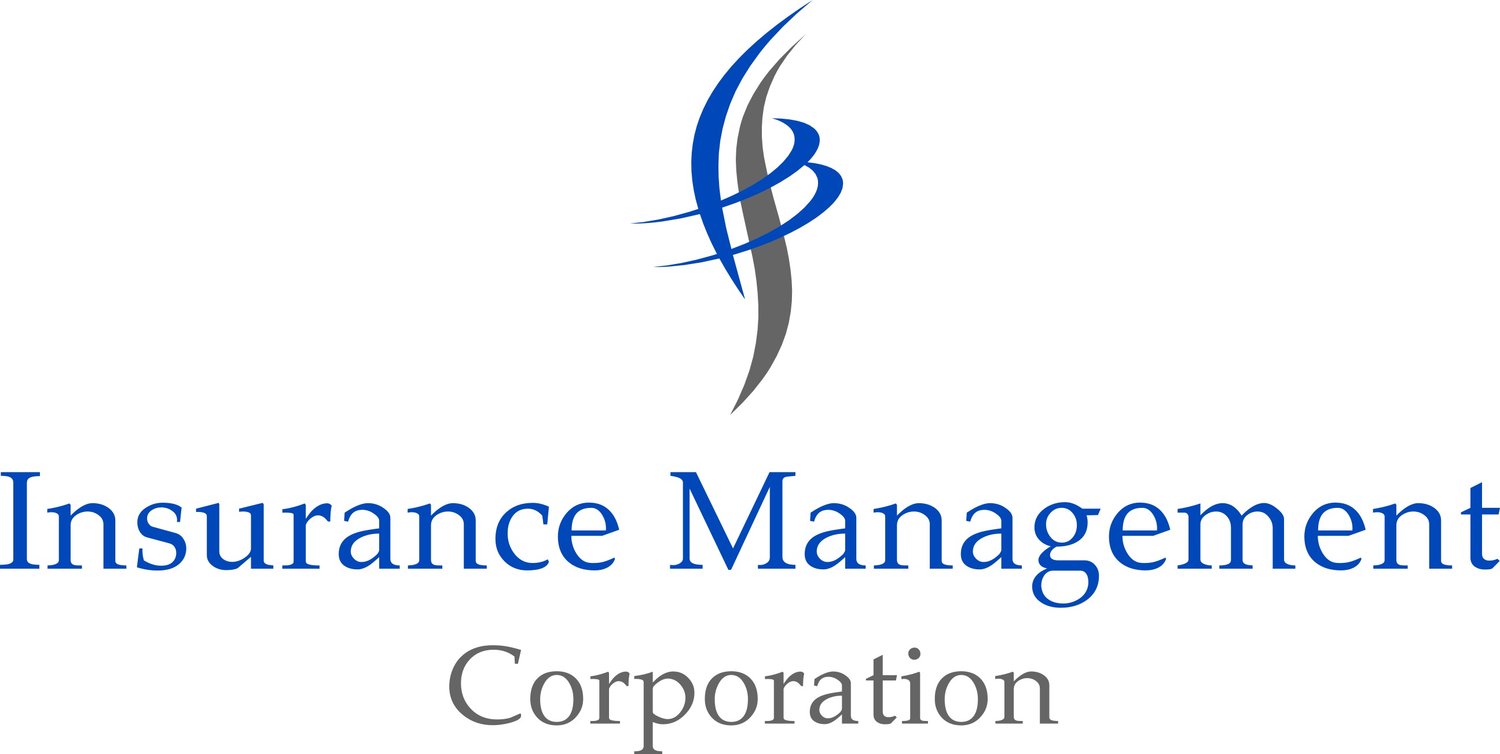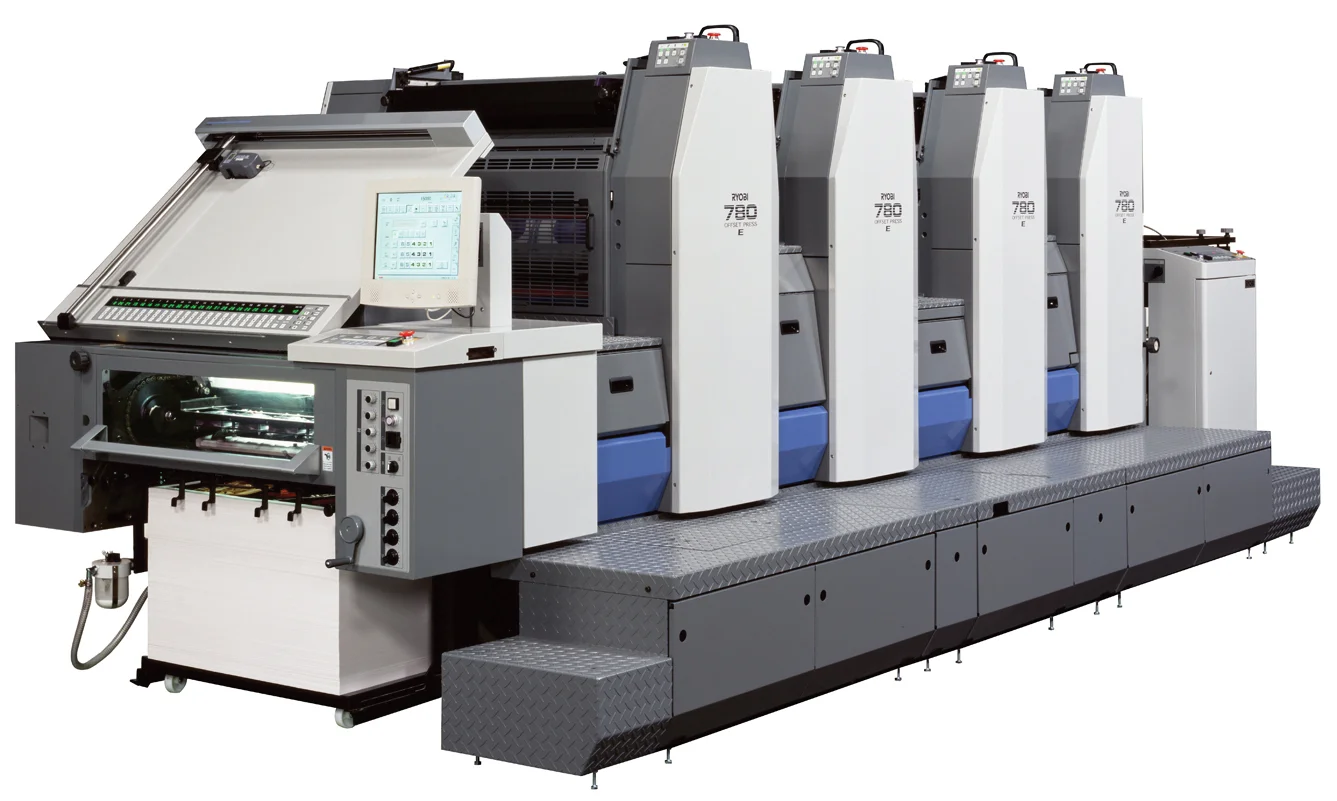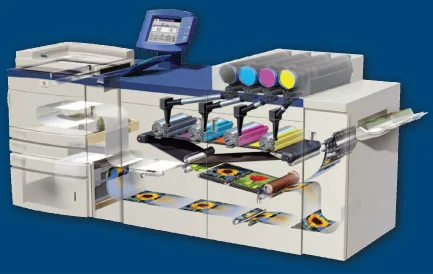PRE-PRESS
Our staff of experienced pre-press professionals will give your job the attention and quick service you require. We have a secure FTP server for easy uploads and state-of-the-art proofing and plate setting equipment. We also stock plates for most presses in Northern California giving us virtually limitless capacity to handle your job.
OVERVIEW
Design: Since the advent of desktop publishing, many people in the printing industry no longer consider design to be a pre-press task. The design process includes:
Preparing data, which includes copyediting and product photography, such as for a mail order catalog.
Creating the layout is done using one of the leading design application such as Adobe InDesign or QuarkXPress. People outside the graphic arts community may use tools like Microsoft Office or Publisher. There is also a wide range of specialized applications for tasks like database publishing.
The correction cycle includes processes such as proofreading and image retouching, for which Adobe Photoshop is the leading application.
Preflighting: Before finished pages go through the remaining processes, a validation is done to check if all the data meet the necessary production requirements.
Proofing: During the design phase there are already page proofs being created. Proofs are usually also made. This can be done for internal checks of the impositioning (imposition proofs) as well as for our customer who needs to sign off the proofs for approval. More and more such proofs are soft-proofs that are evaluated on a monitor. Hard copy proofing remains popular when there is sufficient time for it and for color critical or expensive jobs.
Imposition: Depending on the final output device a number of pages will be combined into signatures.
Output to the final output device such as a digital press, filmsetter or CtP device. To output data, pages or complete flats have to be ripped or rendered.
This process usually also includes:
transparency flattening: transparency effects such as drop shadows behind text need to be resolved.
color separation
color management
trapping
screening
OFFSET PRINTING
The full name of this process is offset lithography. It is the most widely used printing technique on the market, suitable for printing on paper, cardboard, plastic and other flat materials. Offset is used for printing books, newspaper, stationery, packaging, etc.
HOW OFFSET PRINTING WORKS
Each Term (Offset & Lithography) describe a part of the process:
Lithography is a printing process in which the image area and the non-image area co-exist on the same plane. That means the surface from which you print is completely flat. This is feasible because of a very useful chemical principle: offset printing ink is an oily substance, which means it repels water. If you can create a surface on which some parts contain a thin layer of water, those areas will repel ink. The image areas need be lipophilic (or oleophilic) – they accept ink – while the non-printing areas need to be hydrophilic – they are repellent to oil and receptive to water.
Offset refers to the fact that the image is not transferred from a lithographic printing plate to a sheet of paper. Instead the inked image is transferred (or offset) from the printing surface to a rubber blanket and then to the printing surface. The process can be used to print on paper, cardboard, plastic or other materials, but these have to have a flat surface.
DIGITAL PRINTING
A number of different printing technologies such as inkjet and xerography are often referred to as digital printing. These are the newest processes and as such, they are gradually replacing other processes. They also offer new possibilities such as variable data printing, in which each printed copy is different from the previous one.
Today more and more, smaller quantities of 4-color printing are done digitally. There are several reasons for this. The best reason is the cost involved in setting up a traditional printing press for smaller print quantities.
With digital printing you can take a graphic file like a PDF from various graphics software packages such as Illustrator or InDesign and send that graphic directly to a digital printer or digital press eliminating the need for printing plates and set up of a traditional printing press.
We offer digital printing for both color and black-and-white letters, direct mail postcards and brochures. We can create either static images or images including data from your database.
What does this mean to you? Customization, fast turnaround, and competitive prices!
With print on demand, there is no need to print thousands of brochures at once. We can print them as needed from your digital database which allows you to change and modify your content whenever you want.
OUR CORE DIGITAL PRINTING INCLUDE:
Brochures
Postcards
Business & Sales Letters
Print On Demand
Variable Data Printing
In-Line Bindery
Online Digital Database
One Offs
BINDERY & TABBING
If you want the best postal rates, the USPS requires your direct mail piece to be sealed closed. There is really no mystery about tab-sealing your brochure, booklet or self-mailer because we adhere to the USPS folded self-mailer (FSM) standards. These change periodically and can affect both size and weight of the self-mailer and how the direct mail piece folds down and is tabbed to its final size.
It’s very important that you review your direct mail design and any of your previous direct mail marketing efforts when you plan on re-mailing. Some mailing pieces that previously required only one tab will now require two tabs; others may require three tabs.
The following are highlights for folding and tabbing a self-mailer to its final mail-able size (booklets have other tabbing requirements):
The final fold cannot be on the top (it can be on the bottom, and in some situations on the leading right edge). In no event can a self-mailer be tabbed on the bottom.
Self-mailers that are open on the top with the final fold on the bottom need two tabs on the top.
Basic folded self-mailers (FSM) weighing 1 oz. or less must consist of 70 lb. book grade (text, offset) paper and 80 lb. for basic FSM weighing more than 1 oz. Tri-folded self-mailers must be addressed on the middle panel, meaning the center panel that has the fold creases both top and bottom.
DIRECT MAIL FULFILLMENT
Direct Mail – Our Certified USPS Mailpiece Design Professionals can help you create great direct mail and mail just about any type of direct mailing package from a state-of-the-art, full-service mailing center.
We use sophisticated USPS-approved software to qualify your mailing data for the very best discounted postal rates. Our top priority is to help make your direct mail campaign a success. Whether you need to send out first-class business mail, sales letters, not for profit appeals or bulk mail advertising, we can help. Learn more about our direct mail services.
FAQ's
1. Contact Us Before you Print
With so many changing rules and regulations the post office sets, mailing requirements can get confusing. Send us a pre-print proof of the piece and we will review and verify it to make sure that it will maximize your postage saving and processing time.
2. What is an Indicia?
Indicia's are useful for high volume mailings and can also make the design of your piece appear more uniform. An indicia is an imprinted designation on mail that denotes postage payment, permit number and mailing classification. It usually looks something like this and is printed
directly on the mail piece in place of a live stamp. If you are unsure of what information yourindicia should have, give us a call and we will be happy to assist you with the design and text before it prints.
3. What is a Pre-Cancelled Stamp?
Use of precanceled stamps is an optional payment method for mailings at Presorted and automation First-Class Mail and all Standard Mail prices. It gives the design element a more personable touch.
4. What is NCOA (National Change of Address)?
While over 40 Million people in the United States alone change their address every year, it is very important to keep your list up to date with the new location of your contacts. The NCOALink process consists of computer software purchased, leased or developed by the licensee to access the NCOALink data. The Postal Service certifies the process and licenses the NCOALink product to private sector companies for commercial mail list processing or internal mail list management. Updated, computerized change-of-address information is provided on a regular basis to the NCOALink licensees by the Postal Service. Prima Mail has the software and license to run the NOCA for all of your mailing lists. By doing so, it improves mail deliverability by providing mailers with current, standardized, delivery point coded addresses for individual, family, and business moves.
5. How long will it take to prepare my project for mailing?
We normally request 3 to 4 business days to complete an average job but can often finish it sooner. The quantity and complexity of your job may affect the actual turn times. The process can be expedited if we receive your address files and a sample of your mail piece in advance.
6. What is the differnce between First Class, Standard and Standard Non-profit, and what is Presort?
Presorted mail is your best option if you mail in volume. At Prima Mail, we prepare and sort your mail to save you time and money on postage. By completing most of the steps required to mail in our shop, we reduce the work load of the post office, which qualify us to mail pieces at a discounted rate. Presorted mail typically falls under two categories, First Class or Standard.
First Class
For discounted First-Class Mail, you must have 500 or more pieces per mailing and you must do some additional work to make your mail easier for the postal service to handle. The postage depends on the characteristics of your mail piece. Delivery time typically 2-3 days for recipient to receive.
Standard (Formerly called "Bulk Mail")
Standard Mail offers a lower price on postage for the work you perform. The mail piece must weigh less than 16 ounces.
Standard Mail requires a minimum of 200 pieces or 50 pounds per mailing. It cannot be used for sending personal correspondence, handwritten or typewritten letters, or bills and statements of account. Prices are based on weight, shape, preparation, and entry. Delivery time typically 5-7 days for recipient to receive.
Standard Non-Profit
Many, but not all, nonprofits are eligible for reduced postage rates from the U.S. Postal Service. The rates you pay in Nonprofit Standard Mail are approximately 40% lower than the regular rate charged to commercial mailers.
Your organization must meet certain eligibility requirements, submit an application, and receive an authorization at the post office where you will be doing your mailings. There are also requirements for your mail. We can help you through the application process and what is needed for the post office. Due to the discounted rate, nonprofits takes the longest to be received. Delivery time can be up to 2 weeks. For more information Click Here.








